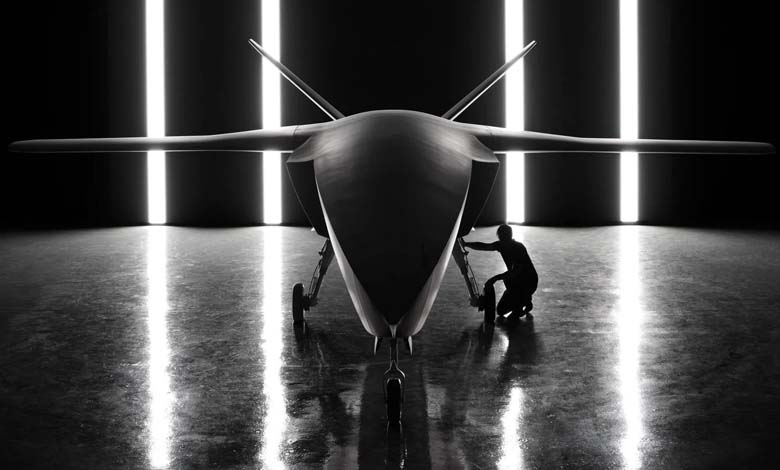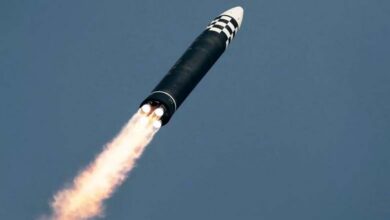Europe’s drone wall… Germany exposes the gaps

Germany’s defense minister has dismissed the possibility that Europe could succeed in building an “impenetrable” defensive line against Russian drones along its eastern borders.
According to The Times (U.S. edition), Minister Boris Pistorius expressed his belief that the “drone wall” project, promoted by some leaders within the European Union and NATO, would not be able to provide full protection for the alliance’s borders.
“Unrealistic”
In media remarks, Pistorius said it was “unrealistic” to assume that the proposed electronic fortifications could prevent drone incursions across the more than 2,750 miles of land borders with Russia, Belarus, and Ukraine — not including the Black Sea and the Baltic.
He added: “Building an impenetrable wall is impossible at present, but the project could help reduce the number of drones in the event of a potential attack,” while stressing the need to continue protecting NATO’s entire airspace.
His comments followed an incident last month in which around 20 Russian drones breached Polish airspace, sparking concern among NATO’s eastern flank countries and prompting renewed calls for a “drone wall” to prevent future incursions.
The project envisions a wide network of sensors — radars and acoustic detectors — linked to multi-layered defense systems capable of downing hostile drones with machine guns, laser cannons, small missiles, and interceptor aircraft.
“Overblown” ambitions
In earlier remarks, European defense commissioner Andrius Kubilius announced that the project’s first phase would be ready within one year.
But Pistorius described these ambitions as “overblown,” warning that the Kremlin sought to draw NATO’s focus onto “cheap and relatively harmless drones” rather than on developing comprehensive air defense systems.
On Wednesday evening, Pistorius arrived at the Royal Air Force base in Lossiemouth, northeastern Scotland, where he met his British counterpart John Healey to mark the one-year anniversary of the bilateral security pact known as “Trinity House.”
Drone defense is a key pillar of military cooperation between London and Berlin, especially in light of the unusual uptick in drone activity over NATO facilities.
More than 50 incidents involving suspicious drones have been reported over airports and military bases from Helsinki to Florida since Russia’s recent incursions into Poland.
Concerns
The phenomenon is fueling alarm in the West due to the high cost of intercepting cheap Russian drones.
While a single interceptor missile costs between £300,000 and £4 million, the production of a Russian “Geran-2” drone amounts to barely £10,000.
NATO leaders fear that Moscow could exploit this economic advantage to overwhelm Western defenses with waves of cheap drones, some of them merely “decoys” carrying no explosives.
In response, Britain recently announced a £5 billion investment in drone technologies, including £1 billion earmarked for developing the “DragonFire” laser system to counter drones, which is set to be deployed on naval destroyers from 2027.
Germany’s defense ministry, for its part, unveiled plans to invest €10 billion in developing both offensive and defensive drones.
Munich-based Titan Technologies has been tasked with designing “hunter” drones capable of protecting military facilities and critical infrastructure.
Suspicions
The German armed forces (Bundeswehr) are working to procure at least 19 — and possibly hundreds — of SkyRanger 30 anti-air systems, turret-mounted defenses installed on armored vehicles and equipped with 30 mm cannons to bring down drones and low-flying aircraft.
Pistorius confirmed that all German soldiers are now receiving basic training in counter-drone measures, explaining that the army has already developed prototype drones that deploy nets to capture hostile aircraft and is currently working on specialized hunter drones.
He also noted that Germany is preparing to acquire new laser defense systems, stating: “The skill of dealing with drones has become essential for every soldier, regardless of their service post.”
In closing, the German defense minister stated that there was no conclusive evidence of Moscow’s involvement in every suspicious drone incident over NATO territory.
However, he emphasized that flight paths and the types of systems used “clearly indicate that Russia is behind them.”












